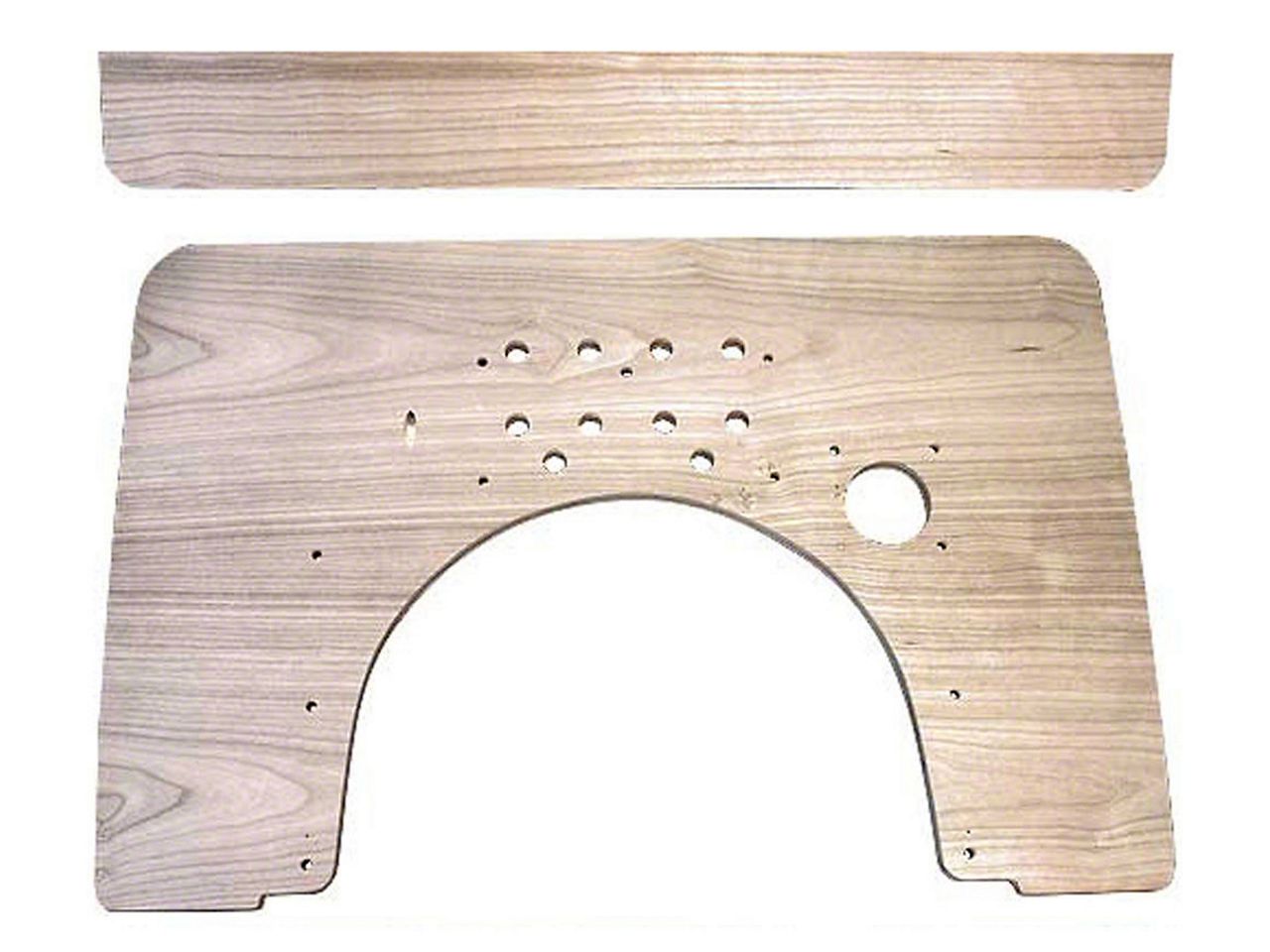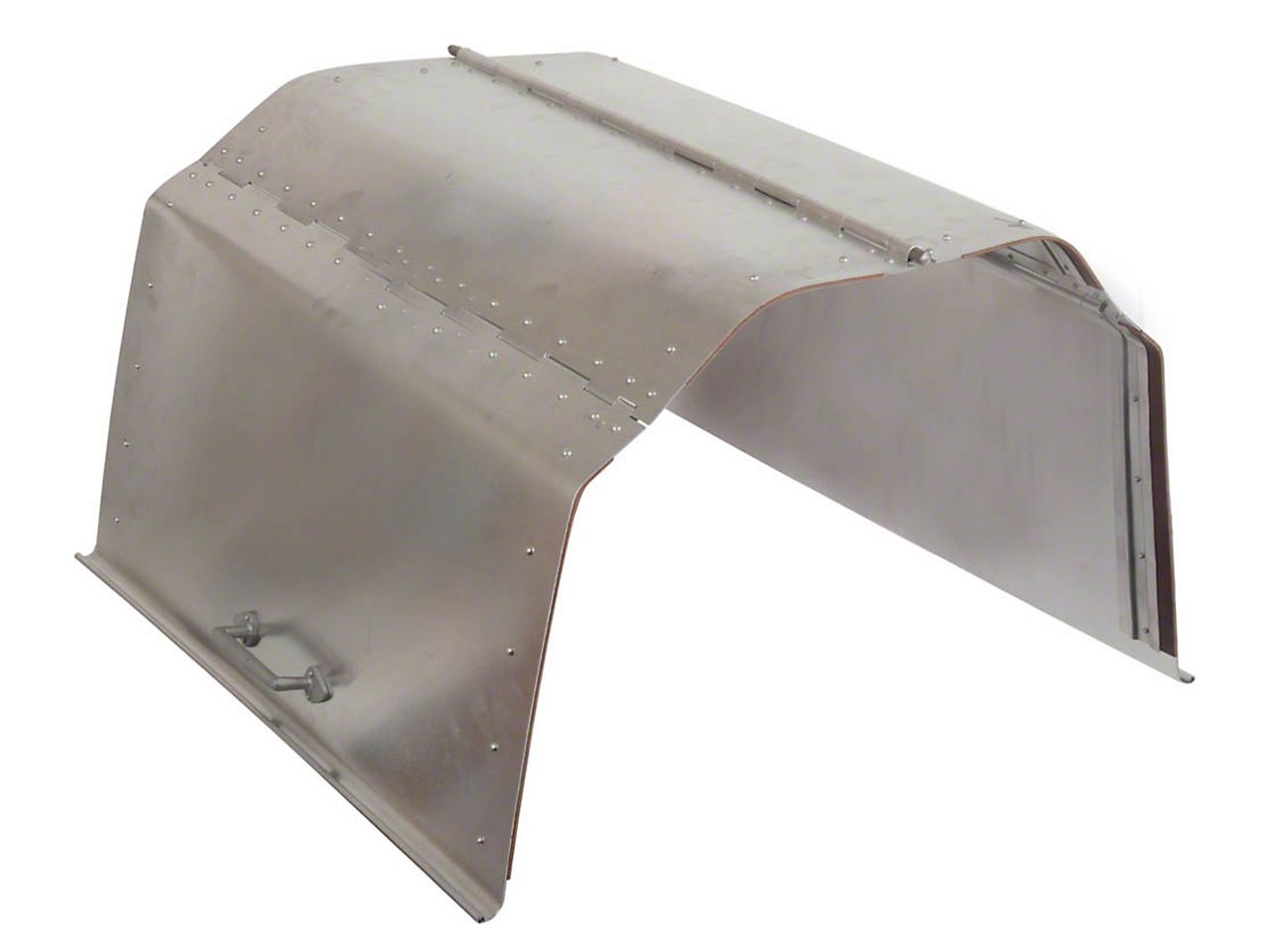'Model T HISTORY By 1921, Model T Fords accounted for nearly 57 percent of the world's auto production. On October 1, 1908, the infant Ford Motor Company, which had been established a brief five years before, announced its newest entry into the growing automobile market. It was named the Model T. Equipped with a 20-horsepower, four-cylinder engine, the Ford Model T, at just 1200 pounds, could reach a top speed of 45 miles per hour. Mounted at the front of the car, the one-piece casting engine block with a removable cylinder head was not only innovative for its time, but remains the design for most engines today. The engine was interchangeable with all 9 models, setting an industry standard for building different car models on the same chassis. Other innovations were to follow during the Model T Ford's 19-year production. Electric lights were introduced in 1915, and an electric starter and generator were made available as options in 1919. Henry Ford's goal to create a "universal car" was not limited to the car's design. Aiming for a vehicle that would be reliable, easily maintained, and affordable, the Model T Ford was introduced in 1908 at a price of $850. Ford's implementation of assembly line manufacturing in 1913 would drastically reduce build time, as well as production costs. As a result, the price of the car dropped, selling as for as little as $260 in 1925. The efficiency of the assembly line allowed Ford to price the Model T within reach of the average American, fueling sales for the car. Despite the famous quote, "You could have any color you want - so long as it was black," the early Model T Fords were available in green, red, blue and gray. It was only after the introduction of the moving assembly line in 1913 that Ford switched to all black Model Ts. Ford missed no opportunity to reduce the cost of production, and black paint was a logical choice at the time. Cheap and durable, over 30 different varieties of black paint were used on various components, each chosen to meet specific production needs. Colors other than black would not be offered again until 1926, one year before the end of the Ford Model T's run. By 1924, sales of the Model T Ford began to decline. Model T trucks were made available from the factory in 1925. The Runabout truck marked the first time Ford had offered a factory installed a pickup bed. Responding to increased competition, Ford launched the 1926-1927 Model T Fords as a "New Ford," but in effect, under the surface, it was the same old Model T. This attempt at image rejuvenation was a failure and sales continued to fall. The decision was made to halt production. When the 19-year production run came to an end on May 26, 1927, a virtually unbroken line of over 15 million Model T Fords had been produced. An era had come to an end. It is generally accepted that never before, and not likely ever again, will any product made by any manufacturer have the impact on our way of living as did the wonderful Model T Ford. The Ford Model T, the foundation of the Ford Motor Company, had set a new standard for both automobiles and manufacturing. Ford moved forward, entering a new era with a true "New Ford," the Model A. Released in 1928, the Model A was an instant success.
Eckler's Catalogs Available Now!
Talk to a Sales Tech
1-610-990-4558
M-F 8:30A-11P ET, Sat-Sun 8:30A-9P ET
















